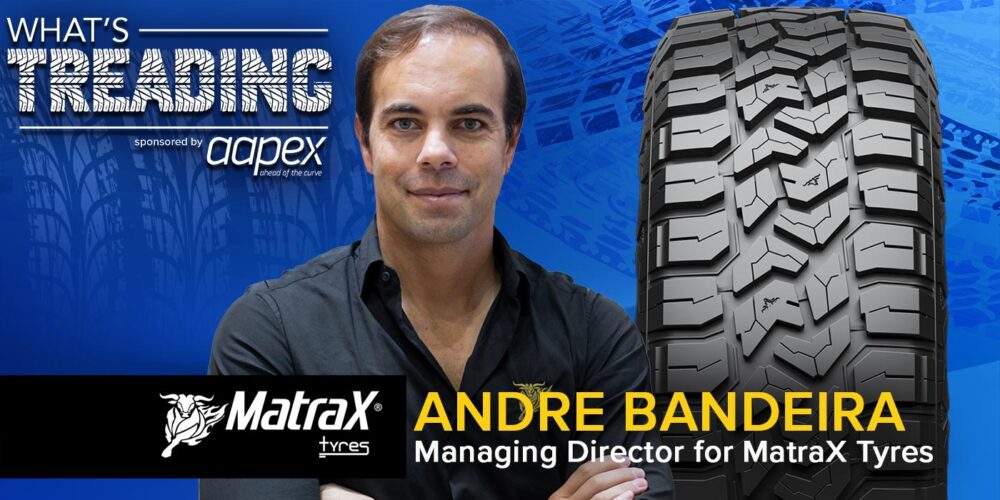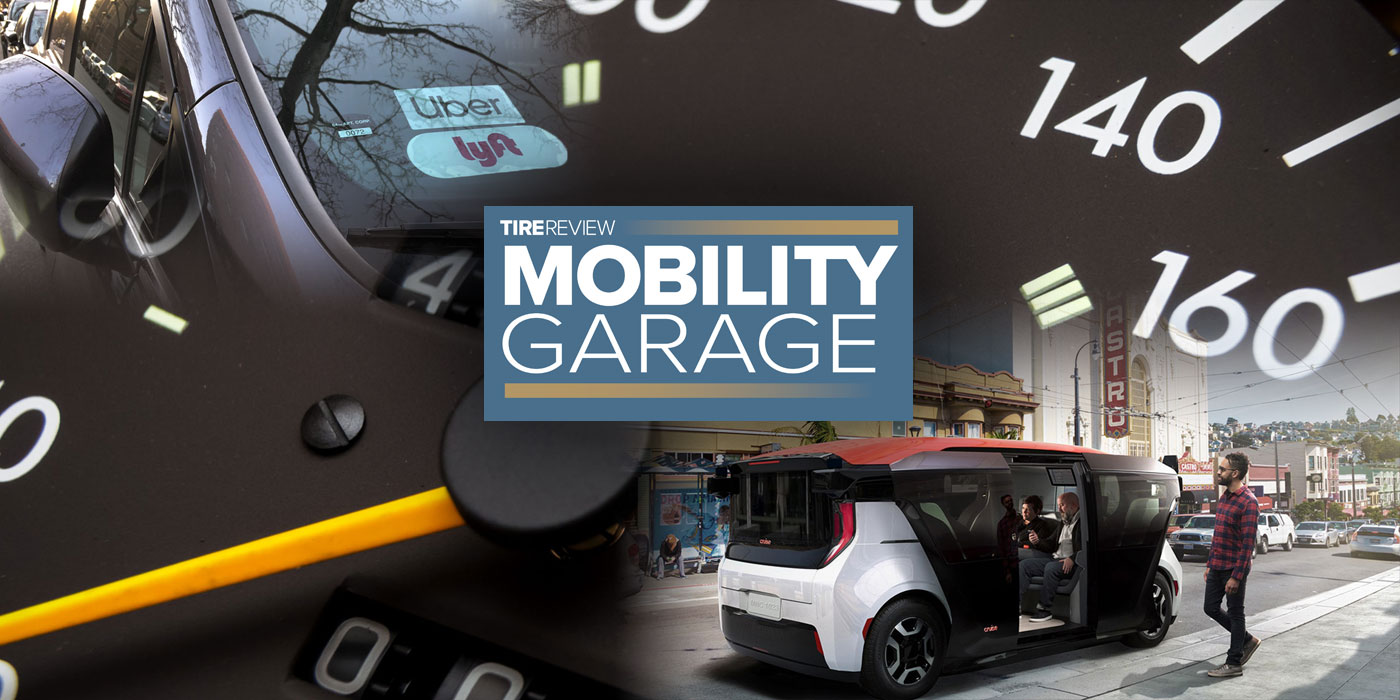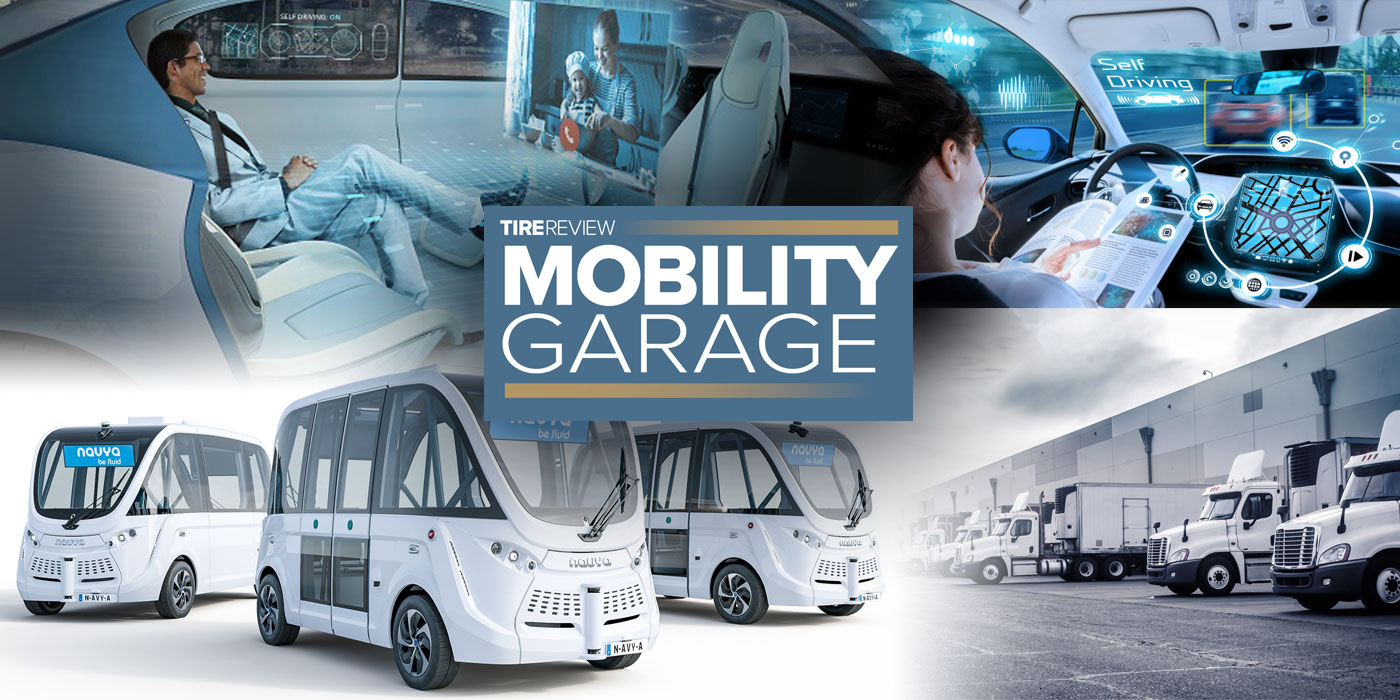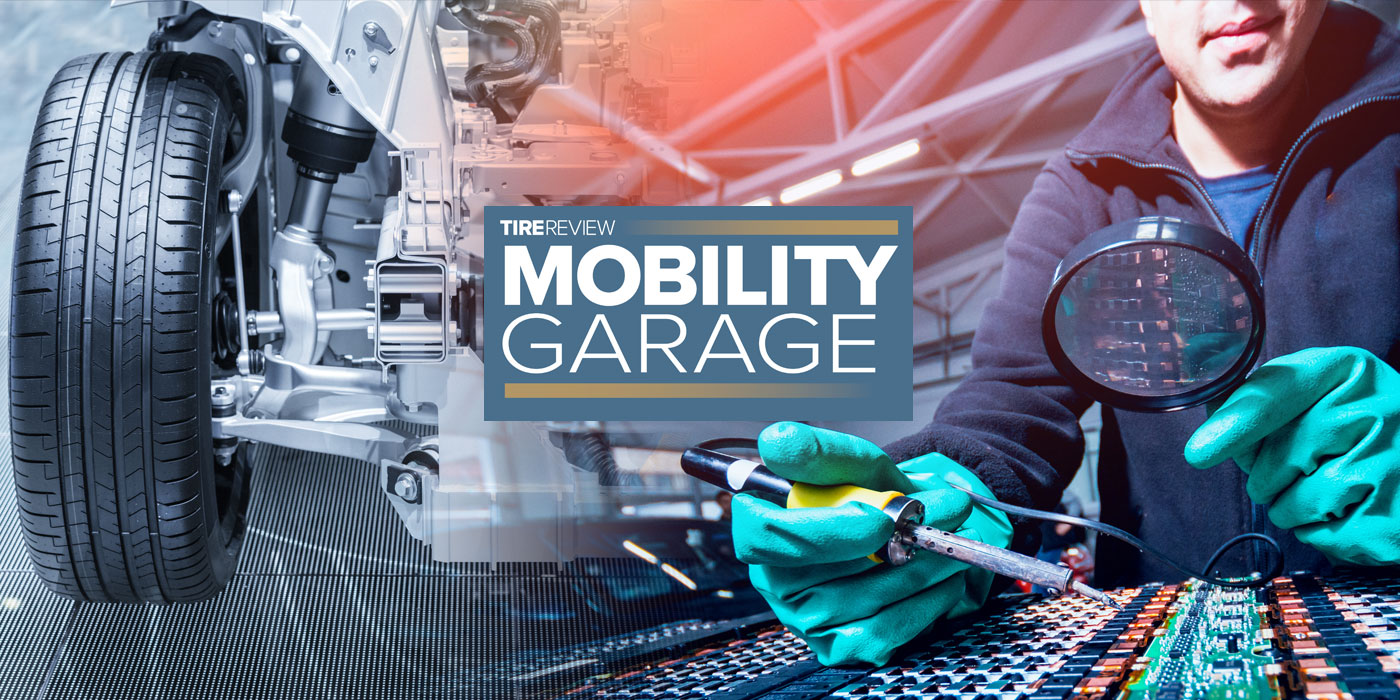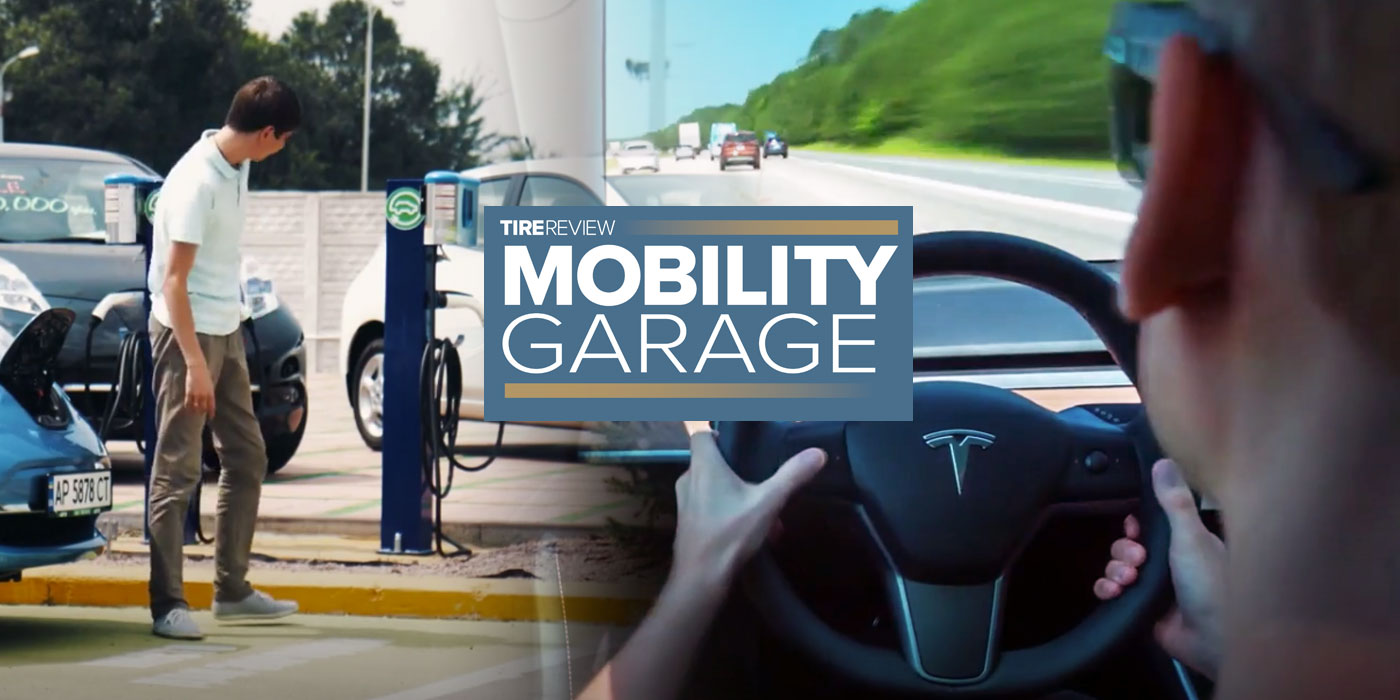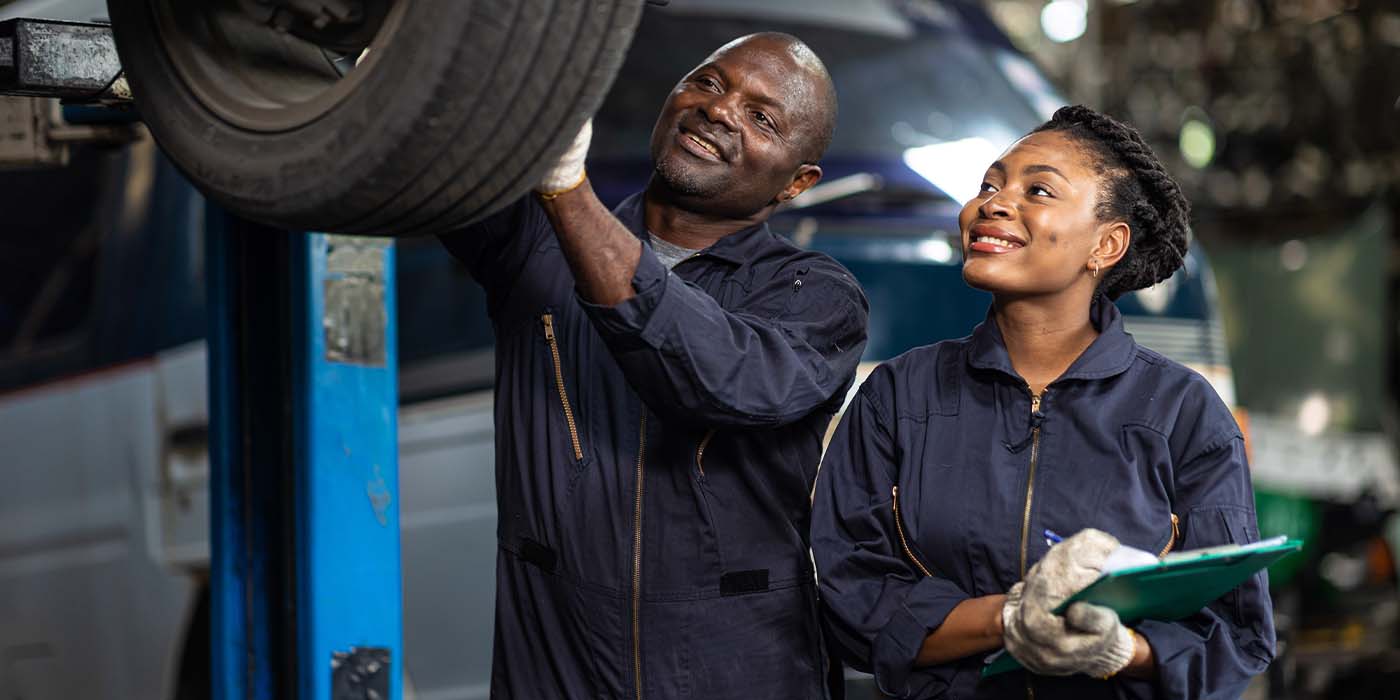Electric vehicles are already here – and growing in share. They’re known simply as EVs, but there are three other E’s to consider in your preparation to service them.
As North American fleets of traditional internal combustion engine vehicles transition to electric vehicles, it can be daunting for aftermarket shop owners to look at this metamorphosis and clearly identify the steps needed to prepare.
Granted, there will be continued good health in the current automotive aftermarket, fueled by the longevity of existing vehicles in the very healthy universe of 290 million registered vehicles in the U.S.
But in coming years, repair shops that ignore or delay in preparing for the growth in EV and hybrid car usage may hurt their bottom line, especially if they’re located in areas with high EV adoption. Now is the time for shops to at least consider investing in the training and tools needed to handle these new vehicles.
Looking for more from the MobilityGarage Video Series? Click here!
As much as some may wish to ignore the signs, investments need to be made to remain relevant and competitive. So, where should you be putting your focus right now?
When considering an action plan for EV readiness in an aftermarket shop, one might categorize the steps as three other E’s … Education, Equipment and Engagement.
Basically, new cars and trucks are computers on wheels. That increases with EVs, so ensuring that your team is properly educated is critical. It’s also worth deciding right now if all of your techs require the EV-related training, or just a select few. You could have someone function as the in-house expert who can help the other crew members solve EV-specific problems.
Relevant education is more accessible than ever, due to demand and COVID-19 pushing more learning opportunities online. Sign up for webinar training to learn more about EV systems and participate in any classes on the subject offered in your area.
And be sure your team is brought up to speed on the changing safety guidelines as soon as possible. The voltages in electric vehicles have the ability to cause severe or fatal injuries. Adequate training surrounding the proper battery service is a necessity. This education on safety precautions is intertwined with the investment of new safety equipment.
Beyond the human aspect in this preparation – the education – your shop also will need the right equipment. Putting the correct tools in the hands of your techs is essential to performing the service work.
You may need to invest in new tools and protective gear, such as: high voltage gloves; insulated tools; advanced battery charging equipment; and maybe even non-metal workbenches.
The third E – engagement – involves a shop’s alignment with the right supplier network. This comes from the realization that some current standard product categories, such as oil filters and various engine belts, will see a demand decline as the market transitions to EVs. On the other hand, batteries, sensors, and advanced driver-assist systems equipment will increase in popularity. Be sure to partner with suppliers who also are keeping pace in these growth categories.
If you’re already expanding your education and equipment – or at least researching it – good for you! Additional good news comes when you consider some actual opportunities connected to EV growth and the related service.
Yes, EVs will require fewer consumable parts and need less maintenance, but they also present opportunities to develop new revenue streams and innovative products and services, particularly around battery pack remanufacturing and sourcing.
Simply said, the battery is the most expensive part of an EV, and it holds the key to the vehicle’s lifespan, economies of repair and more. Lost capacity in a battery is the Achilles heel — the performance of every EV battery naturally declines over time, just like the ones in a mobile phone. And we all know the phone that won’t hold a charge creates heightened frustration. And we even opt for a new phone versus replacing the high-cost battery … will it be the same for electric cars?
OEMs offer long battery warranties to fight through those consumer concerns, but what then? As the number of older EVs rises, this battery issue for EVs will become increasingly visible and painful, even as far as raising questions over just how sustainable EVs really are on a whole-life basis.
According to Ernst & Young, battery remanufacturing may be the answer. It’s more sustainable and can provide another seven years of life — at a fraction of the cost of an OEM replacement, or less than a quarter of the price of a brand-new battery pack for an EV.
So, will this become an opportunity for aftermarket shops that enable themselves to do the replacement work? They will probably be able to offer a solution to customers who decide to keep their car for another few years instead of trading it in when the battery requires attention. Again, perhaps something to keep an eye on and to identify battery remanufacturer suppliers.
On the other hand, sales of tires, already a large category in the aftermarket, will accelerate thanks to the greater weight of the EV and the specific tire profile and material requirements for EVs. As we’ve been saying in this space, be sure you work with suppliers who make the best tires for EVs.
The jury is still out on whether OEMs and new car dealers will be able to protect their proprietary knowledge of new EV technologies (especially software) and exploit it to lock drivers in for longer periods when it comes to service. The Right to Repair issue is one for the OEMs, the courts and legislation to figure out.
Stay on your front foot no matter what. Investment in education, equipment and engagement regarding the latest trends in EV and hybrid vehicle development are the main barriers to entry for shop owners. Don’t let it be a barrier for you. Turn the barrier into opportunity.





